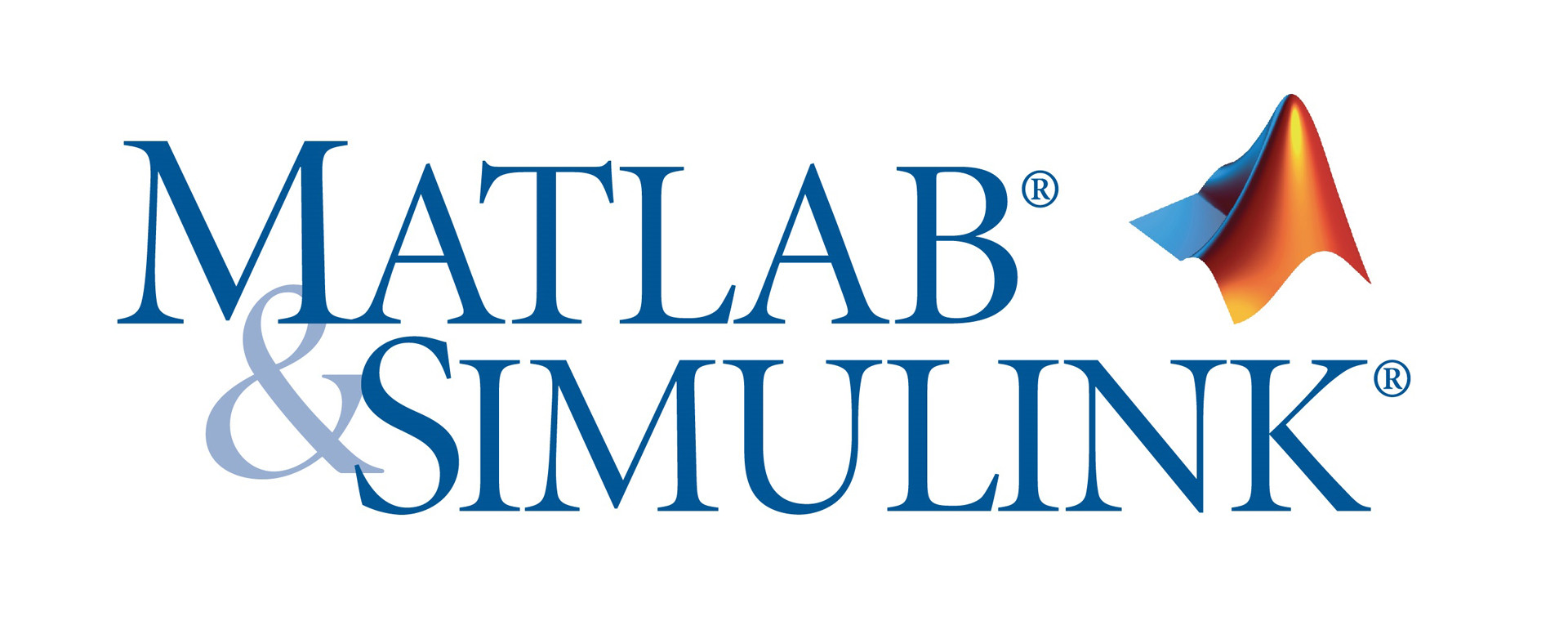

Here also, when our input array is passed to MATLAB, it will calculate factorial of each element in the array individually. Next, let us take a 2 X 3 array Example #4 When our input array is passed to MATLAB, it will calculate factorial of each element in the array individually.į = Īs we can observe in our output, MATLAB has calculated factorial of each element present in the array, i.e 120, 2, 5040, 24 for 5, 2, 7, 4 respectively. In the following example, let us take a 2 X 2 array.
#Matlab e how to
Next, we will understand how to take the factorial of an array.


So, our output is the product of all whole numbers less than and equal to our input (excluding zero). This is how our input and output will look like in MATLAB console: Let us first take a simple example of calculating the factorial of a whole number. Now let us understand the computation of factorial in MATLAB with various examples: Generally, it is represented as n! in maths but in MATLAB it will be written as f =factorial(n).Let us consider ‘n’ to be an array, then function ‘f’ will result in factorial of all values which are part of array ‘n’.The size of the output array and its data type will be same as of input array ‘n’.Here n is a non-negative integer value and this function will result in a product of all positive integers whose value will either be equal to ‘n’ or less than ‘n’.The course will also draw from numerous case studies and applications, so that you'll also learn how to apply learning algorithms to building smart robots (perception, control), text understanding (web search, anti-spam), computer vision, medical informatics, audio, database mining, and other areas.Hadoop, Data Science, Statistics & othersį= factorial(n) Description of Factorial Function in Matlab (iii) Best practices in machine learning (bias/variance theory innovation process in machine learning and AI). (ii) Unsupervised learning (clustering, dimensionality reduction, recommender systems, deep learning). Topics include: (i) Supervised learning (parametric/non-parametric algorithms, support vector machines, kernels, neural networks). This course provides a broad introduction to machine learning, datamining, and statistical pattern recognition. Finally, you'll learn about some of Silicon Valley's best practices in innovation as it pertains to machine learning and AI. More importantly, you'll learn about not only the theoretical underpinnings of learning, but also gain the practical know-how needed to quickly and powerfully apply these techniques to new problems. In this class, you will learn about the most effective machine learning techniques, and gain practice implementing them and getting them to work for yourself. Many researchers also think it is the best way to make progress towards human-level AI. Machine learning is so pervasive today that you probably use it dozens of times a day without knowing it. In the past decade, machine learning has given us self-driving cars, practical speech recognition, effective web search, and a vastly improved understanding of the human genome. Machine learning is the science of getting computers to act without being explicitly programmed.


 0 kommentar(er)
0 kommentar(er)
